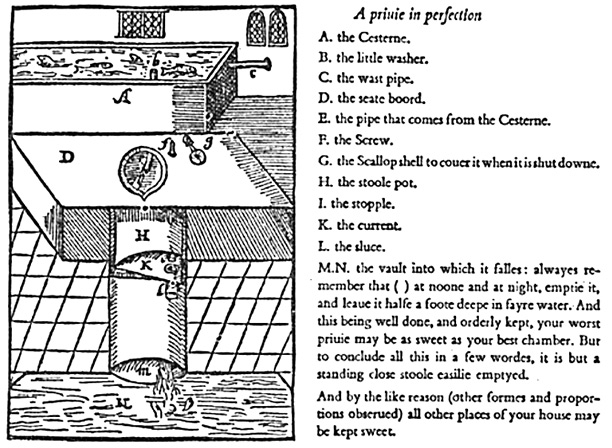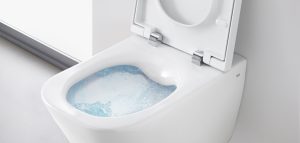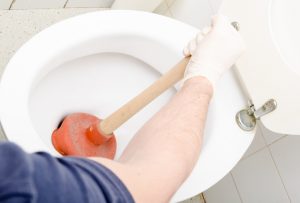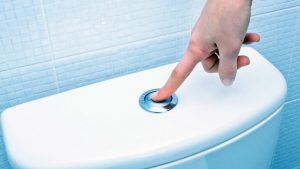The modern flush toilet is probably one of the things people in some parts of the world would say they cannot live without. Toilets or latrines have been around for thousands of years in some basic form. Using a constant stream of water to move the waste away from the latrine has been happening for over 5000 years. But when was the toilet invented as we know it today dates to Elizabethan England. Here is a look at the origins of the much-valued toilet and the role dual flush has played in particular in Australia.
Sir John Harington in 1596
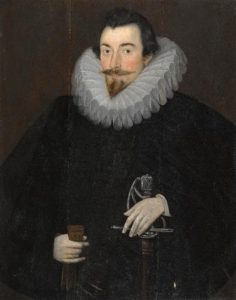
Despite having a working ‘toilet’ installed at Richmond Palace for Queen Elizabeth, it still took a number of centuries, into the Industrial Revolution, for updates to happen and for the flushing toilet to finally catch on. So while Thomas Crapper plays his role later in the history of the toilet, Harington also had a very large one in when was the toilet invented.
Thomas Crapper in late 19th century London

Australia’s hand in the invention of toilets
The dual-flush toilet is part of Australia’s contribution to the flush toilet invention. This is a toilet that uses a handle mechanism or two buttons to allow for two different flushes. One uses a larger amount of water for more solid waste and the other less water for liquid waste. The idea behind the dual-flush toilet is to conserve water. The concept came from Japan in the 1960s and was not well known. But then the Australian company Caroma came up with a more practical design flushing with 5.5 litres and 11 litres that was then reduced when the design caught on in the country to 6 litres and 3 litres. So when asking when were toilets invented for the modern dual flush Australian system that is the 1980s.
More on the dual-flush toilet
Now the dual-flush is almost everywhere in Australia as well as in Israel, New Zealand, and Singapore. It uses less water, by a lot compared to the traditional system, so it makes sense that in places where water is vital and there is a push to protect the environment, that it becomes the favoured type of toilet to use. The Australian government even created a campaign called Target 155 to promote its use. They offer rebates to property owners who replace single flush toilets with dual-flush toilets. People with dual-flush toilets that have a high energy star rating owners in some states can claim further rebates.
Different mechanisms
Push-button – This mechanism uses gravity rather than siphoning to remove the waste from the toilet bowl. This lack of siphoning is why less water is needed and the waterline can be a lot lower. Instead of one button, there are two buttons, one sends 3 litres of water and the other 6 litres. The larger trapway in the toilet bowl itself means the water comes out faster and can still clear out the bowl well.
Lever – Rather than using buttons it uses a lever. The flush handle should be released immediately for the lesser 3-litre amount and held down if you need the full 6-litre flush.
Tipping bucket – For the dual flush mode to work with the tipping bucket toilets the lever needs to rotate around.
Conclusion
The toilet is a highly valued convenience we enjoy today but its origins have places throughout history through different countries and civilisations. Today you can get all types of toilets, different flushing options, different bowl shapes, different shapes and so on. It does not have to use a lot of water anymore so you can enjoy modern times without feeling bad about the water you are using.
Need more information about toilets? Check out the following blogs:
- All You Need To Know About Rimless Toilet
- How To Replace Toilet Cistern
- How To Unblock A Toilet
- Is Your Toilet Not Flushing? Here Is The Fix!
Need help with your toilet? Then trust the toilet plumbers recommended and verified by Best Plumbers Club!

